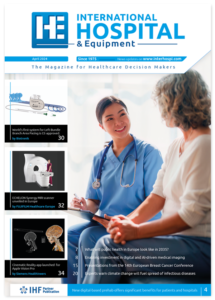Doctor finds much-needed answers for people affected in growing kidney disease and diabetes epidemic
The first definitive summary of the best and safest treatments for kidney disease and diabetes patients has been compiled by Christchurch doctor and researcher Associate Professor Suetonia Palmer.
The University of Otago, Christchurch researcher together with a global team used innovative statistical analysis to compare hundreds of research studies on the effectiveness of blood-pressure-lowering drugs for patients with kidney disease and diabetes. The result: a one-stop-shop, evidence-based guide on which drugs are safe and effective.
Diabetes and high blood pressure are the most common causes of kidney disease around the world, and people often have both. Chronic kidney disease caused by diabetes always affects both kidneys and generally gets worse over time, often leading to kidney failure requiring dialysis treatment or a kidney transplant.
Associate Professor Palmer says this study is important because diabetes and kidney disease are at epidemic proportions in New Zealand. A common treatment for those with diabetes and kidney disease is blood-pressure-lowering drugs. The aim of these drugs is to prevent kidney damage.
However, doctors and patients face a bewildering array of treatment options as there are many drugs available to lower blood pressure, many used in combination. There are also hundreds of research studies done on the effectiveness of drugs or combinations of drugs. It is not possible for people to identify the best available treatments without scientific advances such as this study.
Associate Professor Palmer works as a nephrologist, or kidney specialist, at the Canterbury District Health Board and commonly sees first-hand how confusing the wide range of treatment options can be for patients, and those who treat them.
Her paper is the first to compare all drug options, and combinations of commonly used drugs, against each other.

